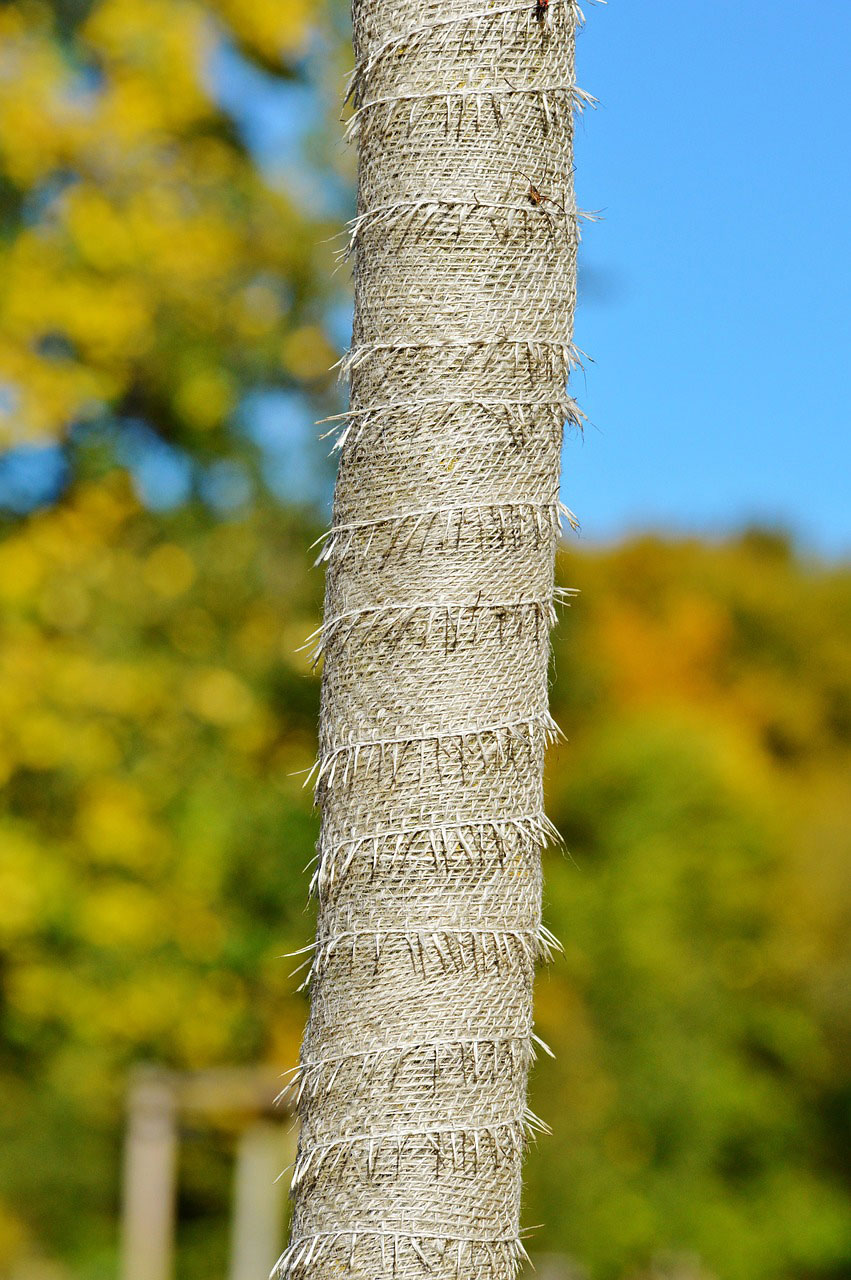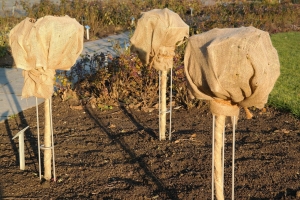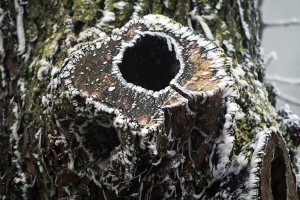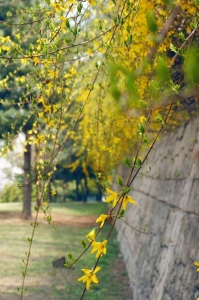Is there anyone out there who doesn’t love lilacs? With beautiful blooms and amazing fragrance, lilacs are a perennial favorite.
Fall is the perfect time to plant lilacs, so if your landscape is lacking this hardy and fragrant spring favorite we’ll tell you all you need to know to plant and care for your lilacs.
About Lilacs
Lilacs come in a wide range of varieties – trees and bushes, dwarf and standard sizes. Their flowers can be white, violet, blue, lilac, pink, magenta, or purple and they can bloom, giving off their incredible fragrance from April through June.
Lilacs can take one to two years after planting to begin blooming, but once established they live for a long time. In your landscape, you can plant lilacs as hedges, foundation plants, in large borders, in groups, or as a stand alone.
One interesting and positive fact about lilacs is that they provide a great habitat for small birds and pollinators.
Planting
The best time to plant lilacs is in the fall after the leaves have dropped, but before the ground freezes. By planting in fall their roots get a head start growing before leaves start sprouting in spring.
Lilacs like areas with lots of afternoon sun and well drained soil. Planting them in a slightly elevated area is recommended as water will drain away provided the perfect amount of natural watering.
Dig a hole large enough to place the roots in without bending them. Add a bit of peat moss, a great material for holding nutrients the lilacs can absorb over time. After planting, water well and add a layer of mulch to prevent weeks and maintain moisture.
If planting more than one lilac in the same area, space them at least five feet apart to prevent crowding, as they will bush out.
Caring for Your Lilacs
For those who are not experienced gardeners or those short of gardening time, lilacs are wonderful because they need minimum care. Fertilizing with a bit of bone meal in early spring can give blooms a boost if your soil lacks nitrogen. Otherwise all they need is a pruning after the blooms are spent. Simple cut back the tops of overgrown stems with clippers. If the bush has become dense, trimming some of the inner branches will improve air circulation.
Propagating Lilac Bushes
Want more lilacs? Lilacs produce shoots from the base of its trunk. These shoots can be used for propagating more lilac bushes. Just dig down to expose some of the roots from the main clump and cut the shoot away from the main plant, including the roots. Then plant the shoot in a new suitable location and water it regularly until it takes hold.



 Here are some solutions to these pesky creatures:
Here are some solutions to these pesky creatures:

 A Few Forsythia Facts:
A Few Forsythia Facts:
 #AugustineNursery
#AugustineNursery






 Stop in to check
Stop in to check

 Open 7 days a
Open 7 days a 




 $5 for
$5 for 




 Hope you’re
Hope you’re


 $5 Friday will feature a
$5 Friday will feature a